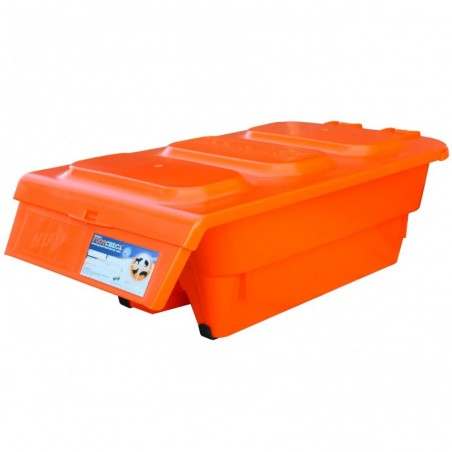Based on the elicitation of ASF expert opinion, this study identified surveillance and intervention strategies for ASF that are perceived as the most effective by providing the best combination between effectiveness and practicality.
Among the 20 surveillance strategies that were identified, passive surveillance of wild boar and syndromic surveillance of pig mortality were considered to be the most effective surveillance strategies for controlling ASF virus spread. Accordingly, 96.9 per cent (31 out of 32) of infected pig farms in Latvia were detected by passive surveillance compared with 2.1 per cent having been detected by active surveillance (Oļševskis and others 2016). Disease surveillance in wild boar was regarded as a very important strategy since they were the first ASF cases reported in the affected EU countries (Estonia, Latvia, Lithuania and Poland) (Gavier-Widén and others 2015). Similarly, 71.4 per cent (175 out of 245) of wild boar carcases were reported positive for ASFV infection in Latvia compared with 1.5 per cent (41 out of 2,765) of hunted wild boar (Oļševskis and others 2016).

Among the 22 intervention strategies that were identified, culling of all infected herds and movement bans for neighbouring herds were regarded as the most effective intervention strategies. Containment of pigs, ban of swill feeding and entrance restrictions for farm visitors were also viewed as optimal intervention strategies, probably because they represent some of the major causes of outbreaks in pig farms. For example, 42.9 per cent (12 out of 28) and 57.1 per cent (16 out of 28) of primary outbreaks in Latvia were related to contact with wild boar and swill feeding practices, respectively, while 100.0 per cent (4 out of 4) of secondary outbreaks were related to entrance of visitors with previous contacts of infected farms (Oļševskis and others 2016). Biosecurity measures on farms and at the farm entrance (such as thorough cleaning and disinfection of buildings, transport vehicles and personal protective equipment, and health and safety regulations on farms were seen as optimal, although their role in the introduction of ASFV remains difficult to quantify.
Active surveillance and carcase removal in wild boar populations were rated as the most effective surveillance and intervention strategies, but were also considered to be the least practical, suggesting that more research is needed to develop more effective methods for controlling ASF in wild boar populations.
C. Guinat, T. Vergne, C. Jurado-Diaz, J. M. Sánchez-Vizcaíno, L. Dixon, D. U. Pfeiffer. Effectiveness and practicality of control strategies for African swine fever: what do we really know? Veterinary Record. Volume 180, Issue 4.





